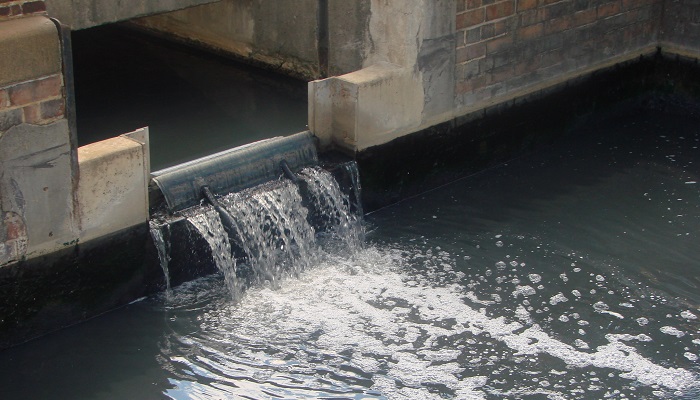Recycling sewage into potable, drinking water is a broad and complex process. However, it could be part of the solution for water scarcity in South Africa. This is after the World Health Organisation (WHO) published its ‘Potable Reuse Guidance for Producing Safe Drinking Water 2017’ report.
Water solutions provider Proxa technical director Wimpie van der Merwe told representatives at the Water Desalination Symposium that potable reuse schemes is difficult. This is because they sufficient resources and capabilities to implement it successfully.
The WHO report said potable reuse represents a realistic, and climate-independent source of drinking water. It can provide large volumes of drinking water from wastewater available from established collection systems in both coastal and inland locations.
Desalination risks
While desalination is a growing and popular option to supplement dams, Van der Merwe said desalination comes with certain risks. These include noise, traffic, and land-use and energy consumption and waste disposal concerns. Van der Merwe explained that various processes had to be undertaken to convert wastewater into potable water.
He said there were more than 4 000 suspected contaminants. Out of these, the WHO has identified 50 key components. He further added that several processes are necessary in order to ensure public safety. This is because, according to him, no one single process can guarantee safety.
Also read: South Africa water crisis necessitates wastewater treatment
The aforementioned steps would involve reducing the remaining nutrients and removing suspended solids. They would then work on reducing dissolved solids and trace components as well as disinfecting and stabilizing the water.
The WHO says there is growing acceptance of treating wastewater into potable water. Furthermore, the process is less expensive than seawater desalination. Nevertheless, it has pointed out several challenges.
According to the report, source wastewater is of very poor quality with high concentrations of pathogens. As a result, the water can contain a broad range of contaminants. The succession of such a venture would thus include the use of complex treatment processes as well as a high level of technical expertise.

